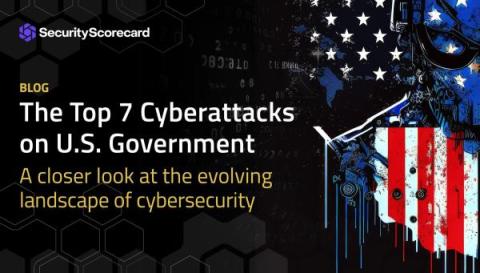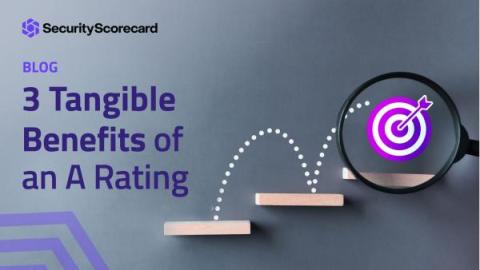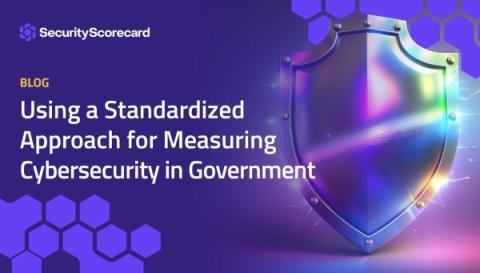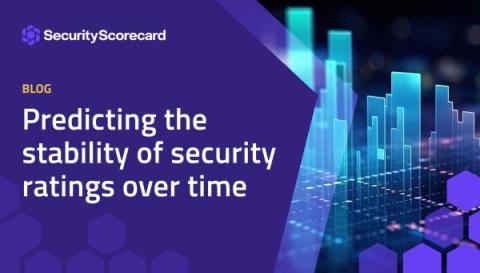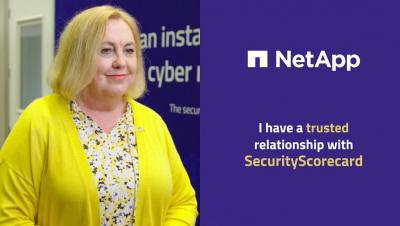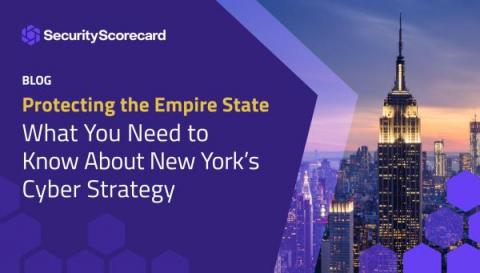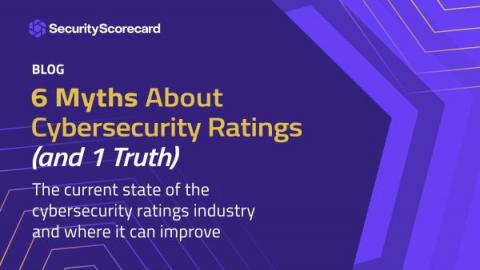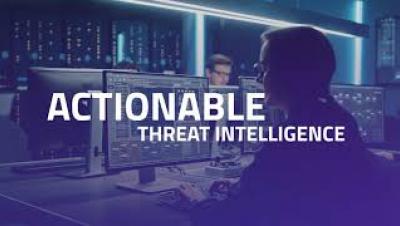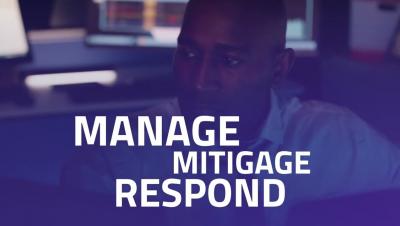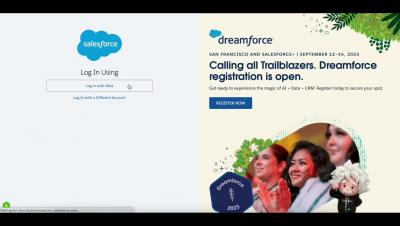The Top 7 Cyberattacks on U.S. Government
In a world where ones and zeros are the new battleground, these threats, cyberattacks have become a significant threat to governments worldwide. The United States, with its vast array of government agencies and critical infrastructure, is no exception. Cybersecurity threats that impact the public sector range from state-sponsored attacks to financially motivated hacking groups. In this blog post, we’ll delve into the top 7 cyberattacks on the U.S.


